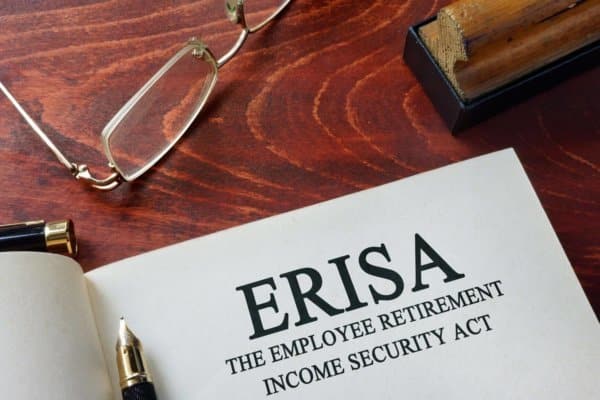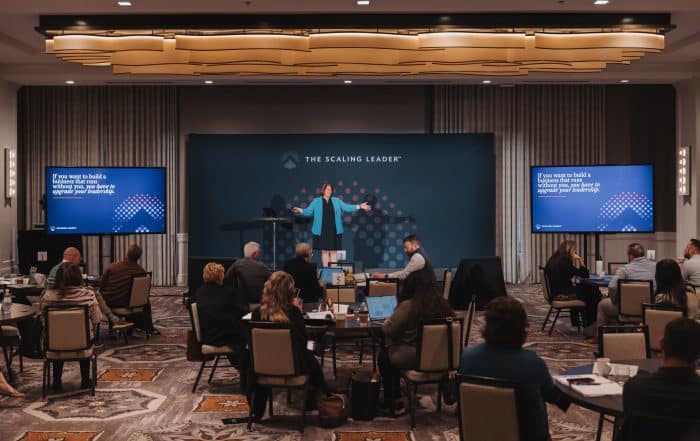As a retirement plan administrator or plan trustee, you are responsible for the management and successful operation of the retirement plan, in accordance with the plan document and the Employee Retirement Income Security Act (ERISA), on behalf of plan participants and beneficiaries. Therefore, in serving in these fiduciary roles, it is greatly important to understand all provisions of the plan document fully. Below we will discuss the primary responsibilities of the plan administrator and consequences that may occur if the plan document is not followed.
A few primary responsibilities of a plan administrator serving in their fiduciary role include:
- Enrolling employees into the plan upon election to participate
- Overseeing timely remittance of employee contributions into the plan
- Monitoring of investment providers and offerings
- Fielding questions, comments, and complaints from plan participants
- Ensuring compliance with DOL rules and regulations
In carrying out these responsibilities above, a comprehensive understanding of the plan document is critical as the plan document is the authoritative source that guides how the plan is to operate. However, the language within the plan document can often be challenging to understand. The summary plan description (SPD) and adoption agreement are two items that supplement the plan document and provide a condensed version of plan provisions in basic language (which can prove very useful in understanding the plan). However, both the SPD and adoption agreement should ultimately be compared to the plan document for inconsistencies. If inconsistencies are noted, the plan document is the authority. Also, the plan document should be reviewed routinely to ensure it is up-to-date.
What is at stake for the plan?
A plan which does not operate in accordance with the plan document (or ERISA) may result in the following negative consequences:
- Plan participants and beneficiaries do not receive all the assets to which they are entitled. Since most individuals rely heavily on their retirement plan assets to carry them through their retirement years, ensuring compliance with the plan document is important.
- Fiduciaries may be held personally liable. Courts may take any action deemed appropriate against fiduciaries who violate their responsibilities. Liability can often be reduced through properly documenting processes used in performing duties.
- Retirement plan audit findings. For those retirement plans required to have an annual financial statement audit by a qualified public accountant, there will likely be findings or deficiencies uncovered during audit procedures if the plan is not operating in accordance with the plan document (or ERISA). Fortunately, most operational errors can be remedied through the Self-Correction Program (SCP) and IRS Fix-It Guides for retirement plans.
- Plan disqualification. Depending on the severity of certain errors or failure to abide by rules and regulations, a retirement plan could lose its tax-exempt status with the IRS.
At TDT, we understand the retirement plan document and other retirement plan matters can be challenging; however, you don’t have to figure this all out alone. Forge Financial and Management Consulting has access to several excellent resources to assist with any questions or concerns surrounding your retirement plan. The Employee Benefits Security Administration (EBSA) within the Department of Labor also has an online Resource Center which contains retirement plan-related information. Please be on the lookout for future articles regarding retirement plan topics.
ABOUT THE AUTHOR
Forge Team
Relevant Posts
Learn What Your Business Needs Most to Unlock Faster Growth
Your business relies on four key areas, or centers of intelligence, to thrive. Take the free Business Intelligence Grader to see how you score across financial, leadership, productivity, and human intelligence and learn where to focus to drive greater results.
Your business relies on four key areas, or centers of intelligence, to thrive. Take the free Business Intelligence Grader to see how you score across financial, leadership, productivity, and human intelligence and learn where to focus to drive greater results.




